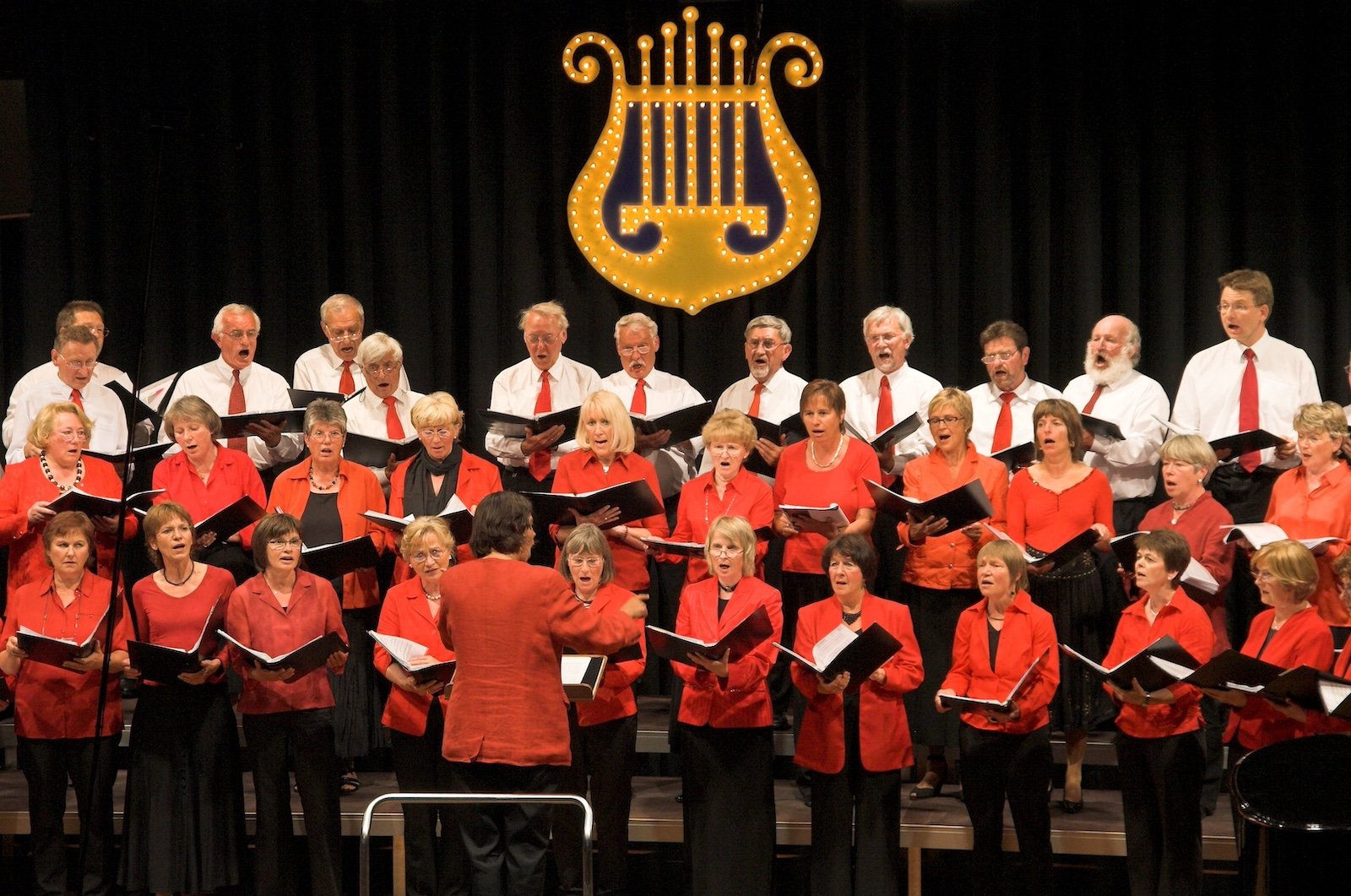Dark academia is a subculture that loves classical literature, history, and beautiful aesthetics. It often critiques modern academic institutions and is inspired by campus novels, Gothic, and Romantic literature. A big part of dark academia is the romanticized pursuit of knowledge, but it also recognizes the elitism and exclusivity in higher education. Social media platforms like TikTok, Pinterest, and Tumblr have boosted its popularity, where people share fashion, literature, and art.
Join us as we highlight the key aspects of dark academia, exploring its origins, aesthetics, and the ongoing cultural debates around this evolving subculture.
Campus Novel Origin

Inspired heavily by the campus novel genre and epitomized by works like Donna Tartt’s “The Secret History.” The darker side of academic life is featured in these novels, with the themes of overworking, toxic relationships, and moral ambiguity. The genre’s appreciation for mystery and a primarily English Romantic and modernist literary tradition, along with its characteristic early 20th-century fashion and lifestyle, inevitably voices the issues of exclusivity, elitism, and a longing for the past.
Aesthetic and Fashion Influences

Dark academia features a unique aesthetic coined using vintage clothing, muted colors, and classical architectural settings. Typical outfits feature tweed blazers, herringbone coats, and oxford shoes, often accessorized with antique brooches and vintage watches. This style is meticulously curated and widely shared on platforms like TikTok and Tumblr, where users post outfit inspirations and mood boards.
Literary Canon

Dark academia boasts a specific literary canon and seamlessly blends classic and contemporary works. Greek tragedies, Gothic novels, and modern classics such as “The Secret History” and “If We Were Villains” are the primary texts forming the base of this subculture. In addition to their literary merit, these texts are celebrated for their thematic alignment with the dark academia ethos, building up to the themes of intellectual pursuit, mystery, and existential angst.
Critique of Academia

Academic life is simultaneously critiqued and romanticized by dark academia. The insular and elitist aspects of higher education are highlighted while also celebrating the pursuit of knowledge and intellectual passion. This duality is central to the subculture, often portraying academia as a utopian ideal and a site of existential struggle. Dylan Davidson argues that the most stubborn of these fantasies is the ‘desire to be transformed’ through experiences in one’s academic life, significantly shaping the dark academia following.
Inclusivity and Accessibility

While traditionally associated with Eurocentric and elitist values, experts argue that dark academia has evolved to become more inclusive. It could be said that dark academia has two facets to it. One portrays the exclusivity of an elite educational society gradually democratizing, becoming more accessible to people from all walks of life. The other focuses on the expensive and ultimately elitist nature of education. Online communities have expanded the aesthetic to incorporate diverse cultural influences, with influencers and content creators from various backgrounds contributing to a more inclusive representation of the subculture.
Social Media Influence

Social media platforms have been the flag bearers in the rise of dark academia, where users can curate and share content embodying the aesthetic. Platforms like TikTok, Tumblr, and Instagram play a crucial role in shaping and disseminating dark academia’s visual and thematic elements. This made the subculture globally accessible to a large audience base.
Connection to the Neoliberal University

Dark academia culture often critiques the modern university system, highlighting critical issues like student debt, job insecurity for faculty, and the commercialization of education. This adds a layer of realism to the subculture’s fictional portrayals of academic life, making it resonate with the experiences of students and academic workers today. By doing so, it encourages a deeper reflection on the value and impact of higher education in our society.
Influence of Gothic and Roman Literature

Dark academia draws significant inspiration from Gothic and Roman literature, thus emphasizing themes of mystery, the sublime, and the exploration of the human psyche. The focus of Gothic literature on the supernatural, as seen in works by authors like Mary Shelley and Edgar Allan Poe, aptly complements the intellectual intensity of Romanticism, further delving into human emotion and the sublime experience. This creates a rich and intellectually stimulating environment that celebrates dark beauty and complex emotional landscapes. These influences add to the subculture’s allure and depth, with a touch of horror.
Architectural and Artistic Elements

Dark academia places a strong emphasis on classical architecture and art, often set in ivy-covered universities, ancient libraries, and grand lecture halls. This subculture evokes a sense of timeless elegance and intellectual pursuit, admiring historical and artistic beauty. Architectural elements like Roman libraries, Renaissance museums, Victorian mansions, Medieval universities, and European castles create a backdrop that complements the scholarly and contemplative atmosphere. This appreciation extends to the art within these spaces, including classical sculptures, paintings, and intricate woodwork. All these elements contribute to the immersive, nostalgic experience that excites dark academia enthusiasts.
Community and Identity

Over time, dark academia has grown into a community for individuals sharing a love for learning, literature, and aesthetic beauty. It provides a sense of comfort and belonging for the self-proclaimed introverts and “oddballs” who might often feel out of place in other social contexts. This communal aspect is vital to the subculture’s appeal.
Music and Soundtrack

Many classical compositions, haunting melodies, and gothic-inspired tunes characterize the vibe of dark academia in them. Mozart’s “Dies Irae” and alternative rock with dark, introspective lyrics are popular within the subculture, creating a strong connection of dark academia with music.
Activities and Hobbies

It is often that dark Academia enthusiasts often engage in a variety of activities that portray their scholarly interests. This includes museum visits, the art of calligraphy, learning classical musical instruments, the study of warfare and negotiation techniques, and participating in traditional sports like fencing and rowing.


